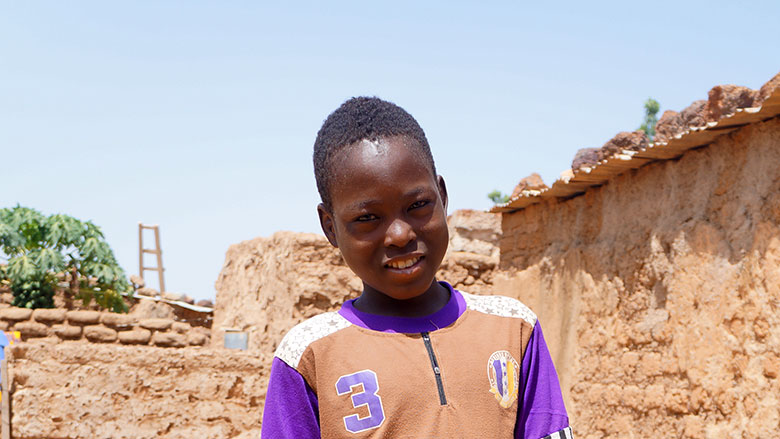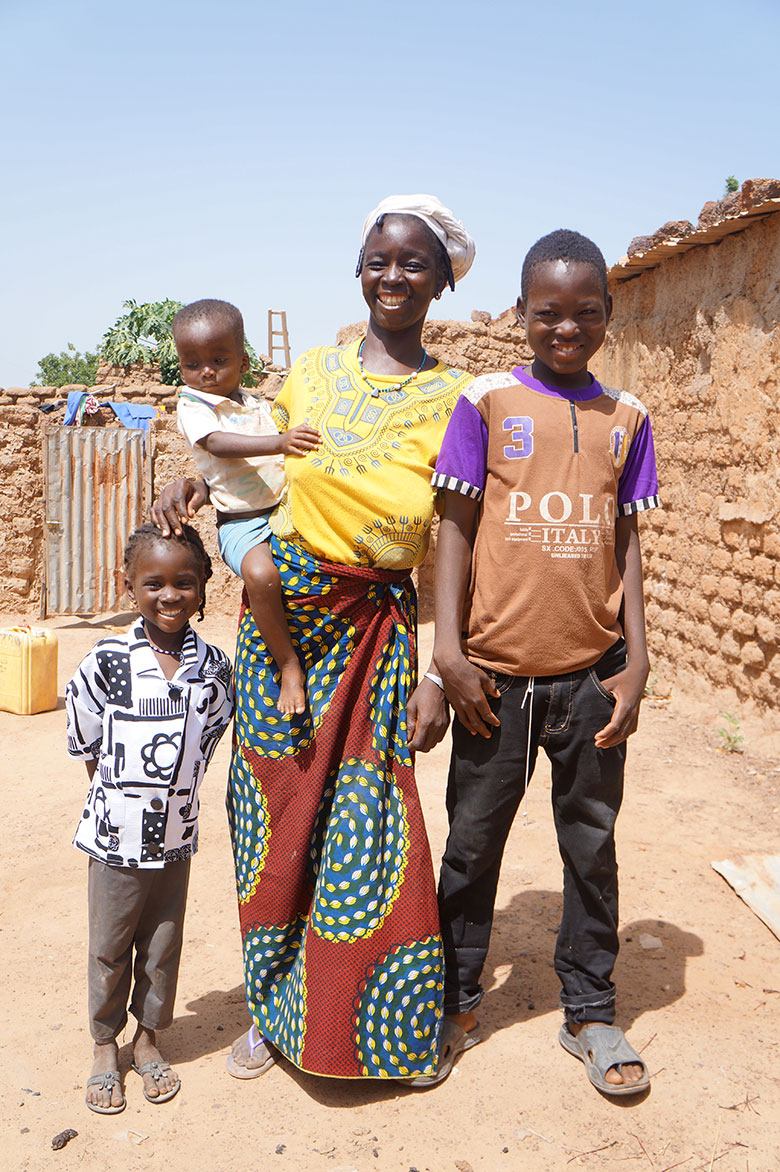Transfers that target the poorest households…
Minata also used the cash transfers to buy livestock and start rearing goats to supplement her income and better provide for her children.
The ‘Burkin-Naong-Sa Ya’ (which in the Mooré dialect means ‘end of poverty in Burkina Faso’), is a social safety net project started in 2014 with $55 million in funding from the World Bank. It was implemented by the government in the North, Central West, Central East and East regions, where over 60% of poor households are concentrated.
It brings together a mix of interventions in the social sectors of health and education to create an adaptive system designed to improve the effectiveness of public policies on social protection and to build resilience in poor and vulnerable households to climate change and other shocks. It also enables these households to diversify their sources of income. The project will be scaled-up to include the regions of Sahel and then Boucle du Mouhoun.
Over 114,500 fragile households, selected on the basis of the Proxy Means Testing methodology, are currently receiving a quarterly transfer of CFAF 30,000 (around $60) for households with fewer than five children and CFAF 40,000 (around $80) for households with five or more children.
As the project coordinator, Emile Zabsonré explains: “Thanks to these transfers, project beneficiaries are able to provide three meals a day for their families, cover school fees and health expenses for their children and invest in income-generating activities, such as small businesses, livestock rearing and horticulture.”
…in combination with other social activities
To address poverty in all its dimensions, the project links the award of cash transfers to activities that promote better nutrition, health and education outcomes.
Against this background, raising awareness and monitoring sessions, organized in groups of 20 to 25 members, are targeted to women living in fragile households. Each month, they receive counseling on health, hygiene and nutrition, as well as on the cognitive development of their children. The community facilitators of the project pay regular house visits to monitor progress and check on the proper physical and cognitive development of the children. Finally, they mobilize the village each month to discuss ways to improve the living conditions of all residents.
“Our main objective is to break the intergenerational transmission of poverty through actions that promote the cognitive and affective development of children and better schooling,” notes Gilberte Kedote, World Bank Project Manager
The social safety net program was implemented by the Government of Burkina Faso and co-financed by various donor partners, including the World Bank. In January 2017, the project received additional financing of $6 million from the Adaptive Social Protection Multidonor Trust Fund. This fund is managed by the World Bank and aims to enhance the access of poor and vulnerable populations of the Sahel region to effective social adaptive protection programs. It seeks to extend its reach into other regions to help lower the national poverty rate from 40.1% in 2014 to less than 35% by 2020.


